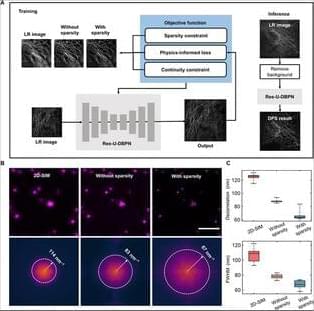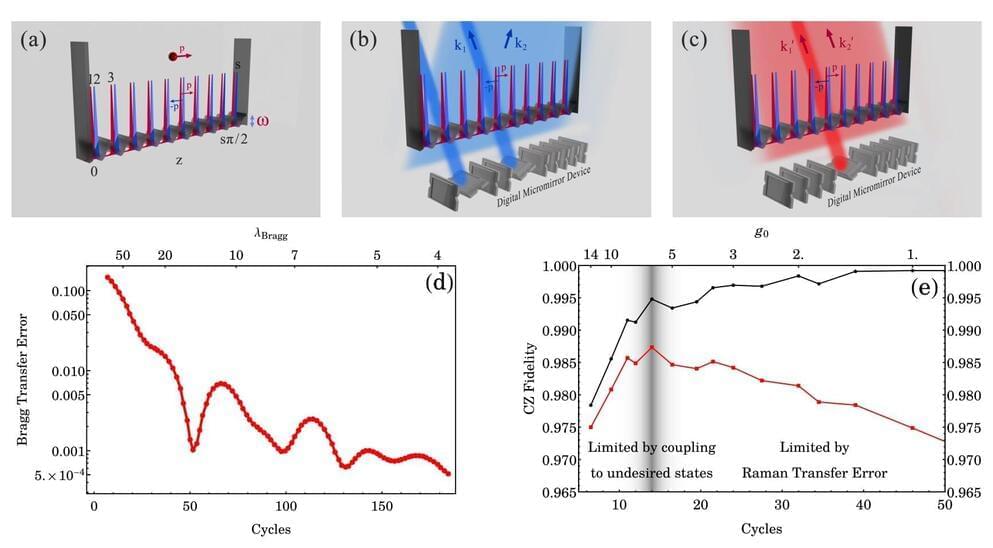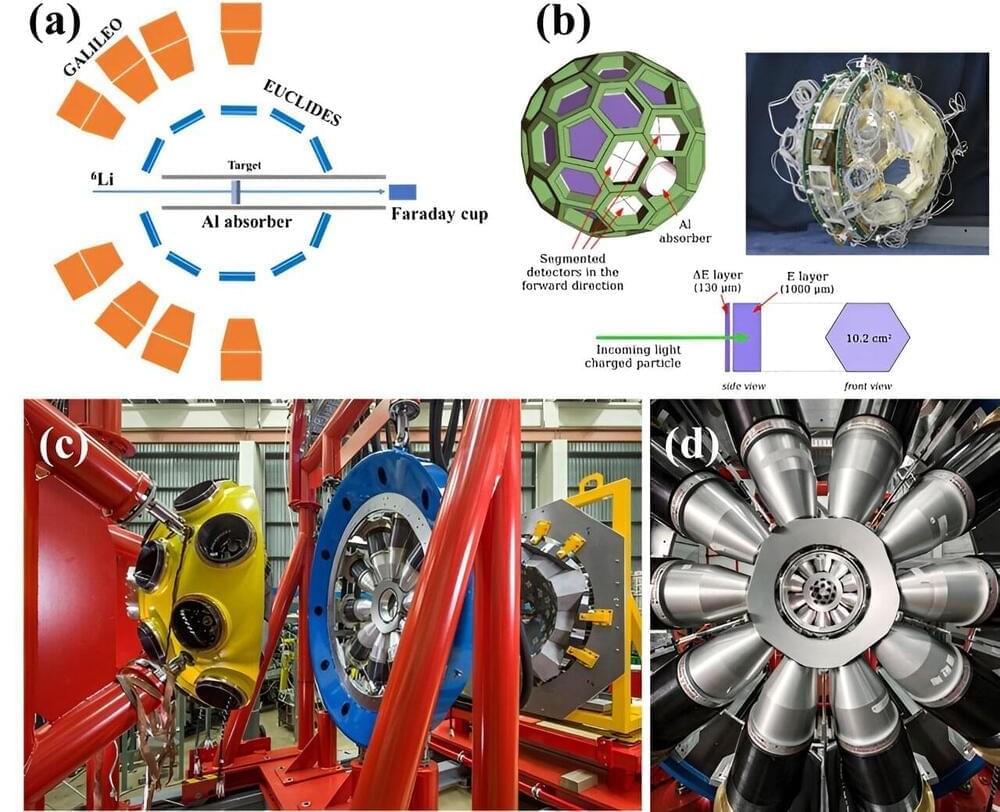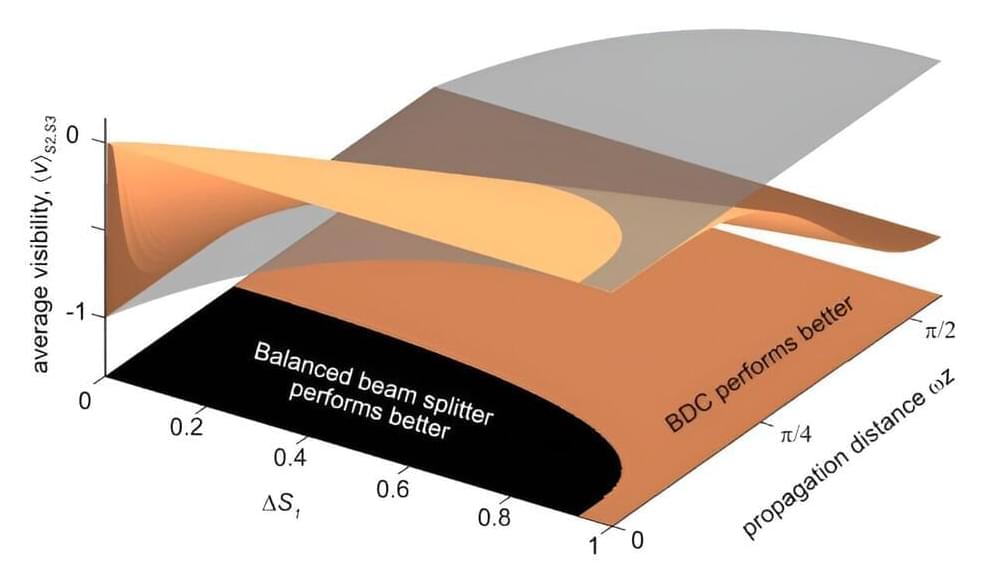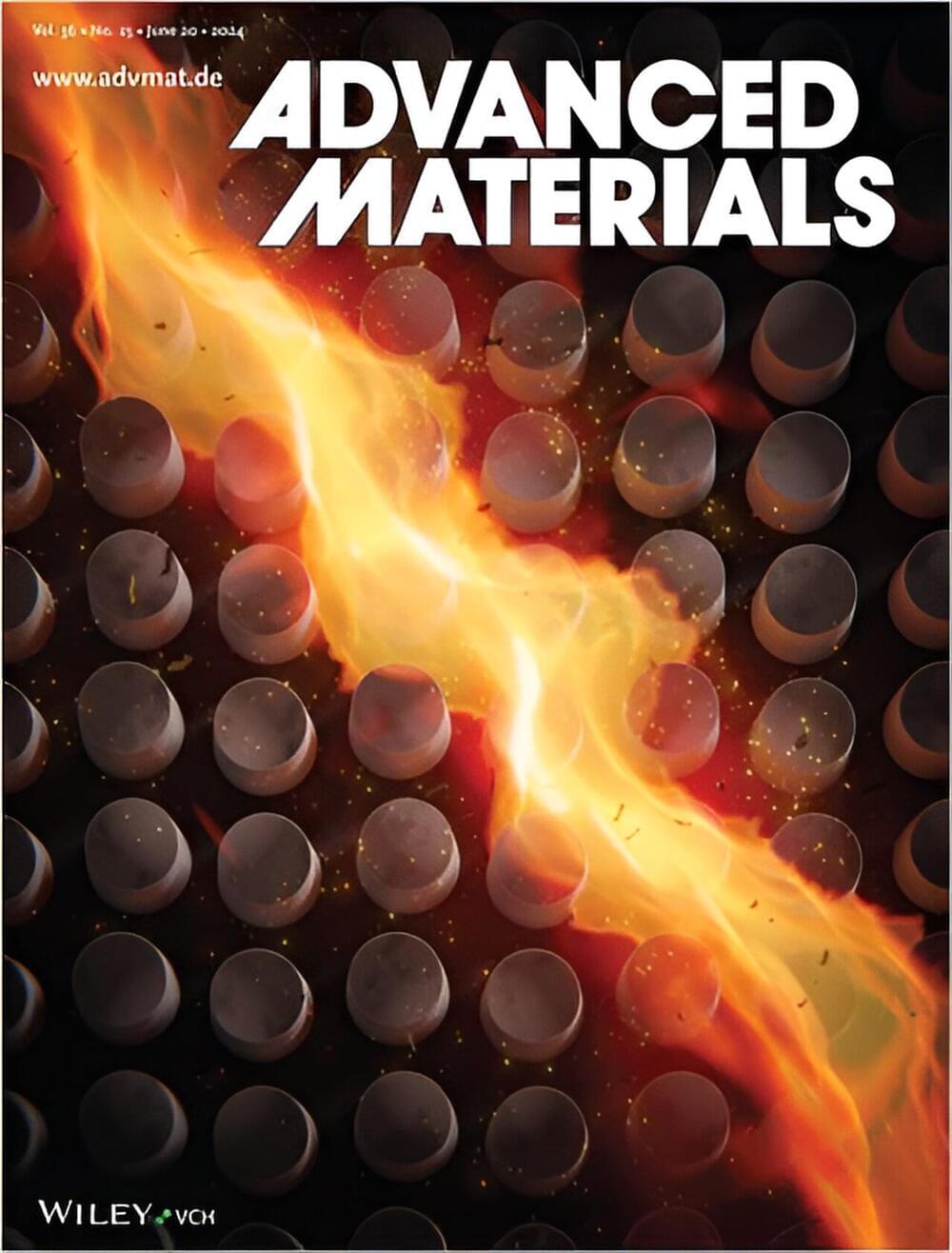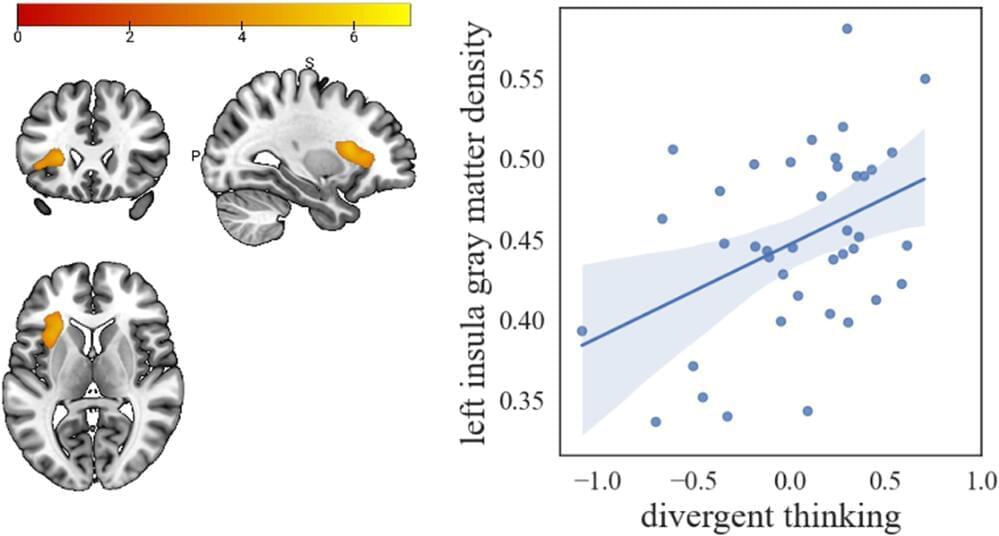Jun 22, 2024
Universal and High-Fidelity Resolution Extending for Fluorescence Microscopy Using a Single-Training Physics-Informed Sparse Neural Network
Posted by Saúl Morales Rodriguéz in categories: information science, robotics/AI
As a supplement to optical super-resolution microscopy techniques, computational super-resolution methods have demonstrated remarkable results in alleviating the spatiotemporal imaging trade-off. However, they commonly suffer from low structural fidelity and universality. Therefore, we herein propose a deep-physics-informed sparsity framework designed holistically to synergize the strengths of physical imaging models (image blurring processes), prior knowledge (continuity and sparsity constraints), a back-end optimization algorithm (image deblurring), and deep learning (an unsupervised neural network). Owing to the utilization of a multipronged learning strategy, the trained network can be applied to a variety of imaging modalities and samples to enhance the physical resolution by a factor of at least 1.67 without requiring additional training or parameter tuning.
